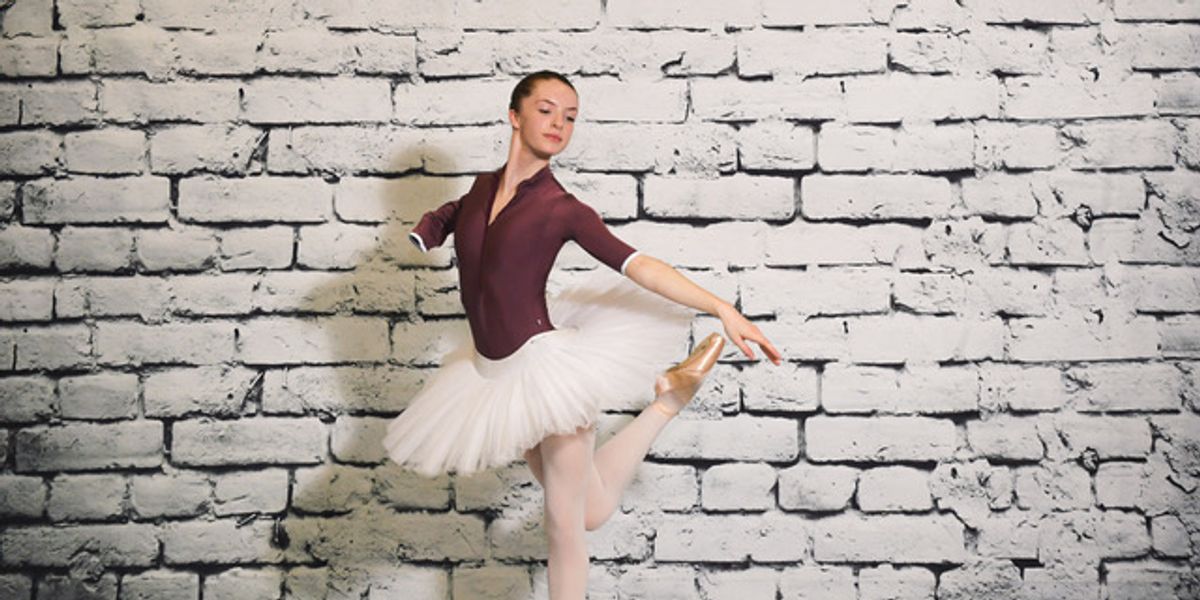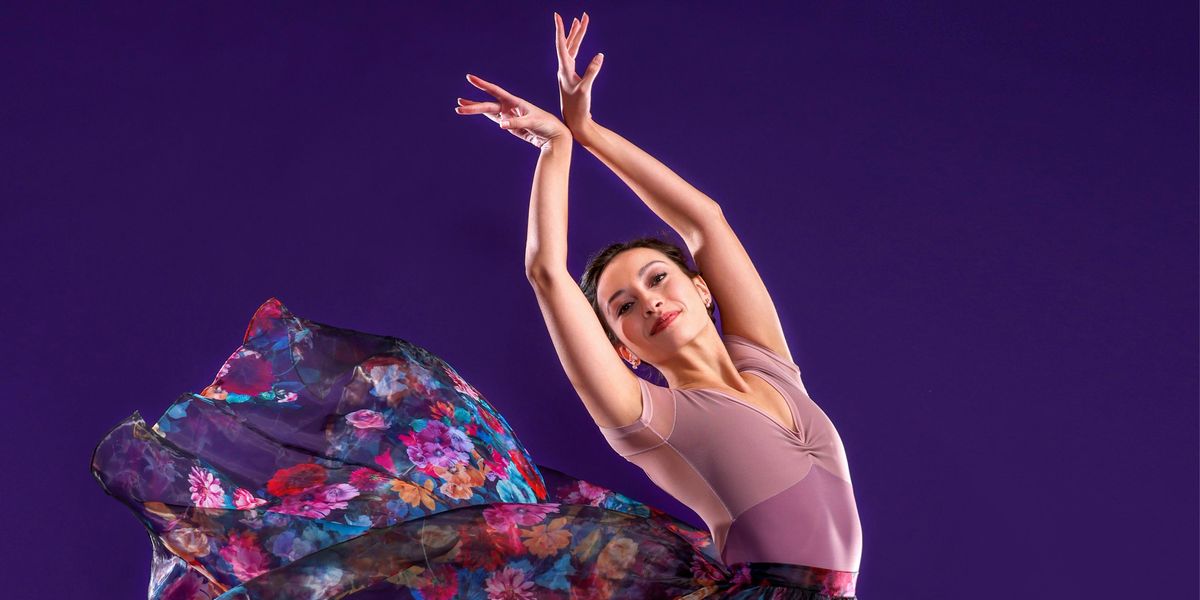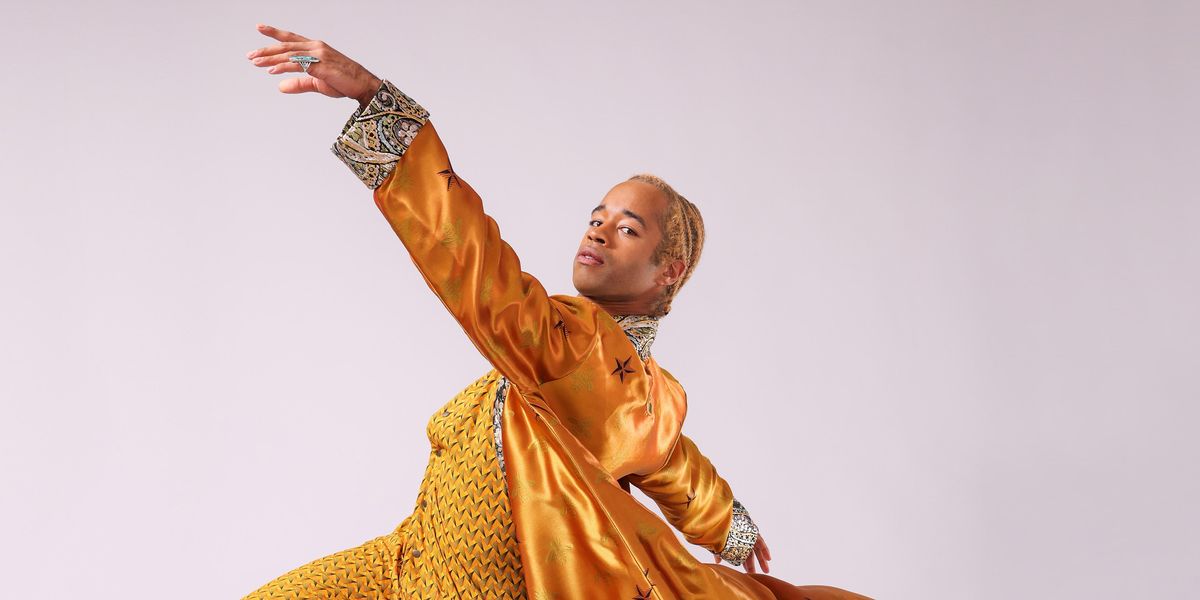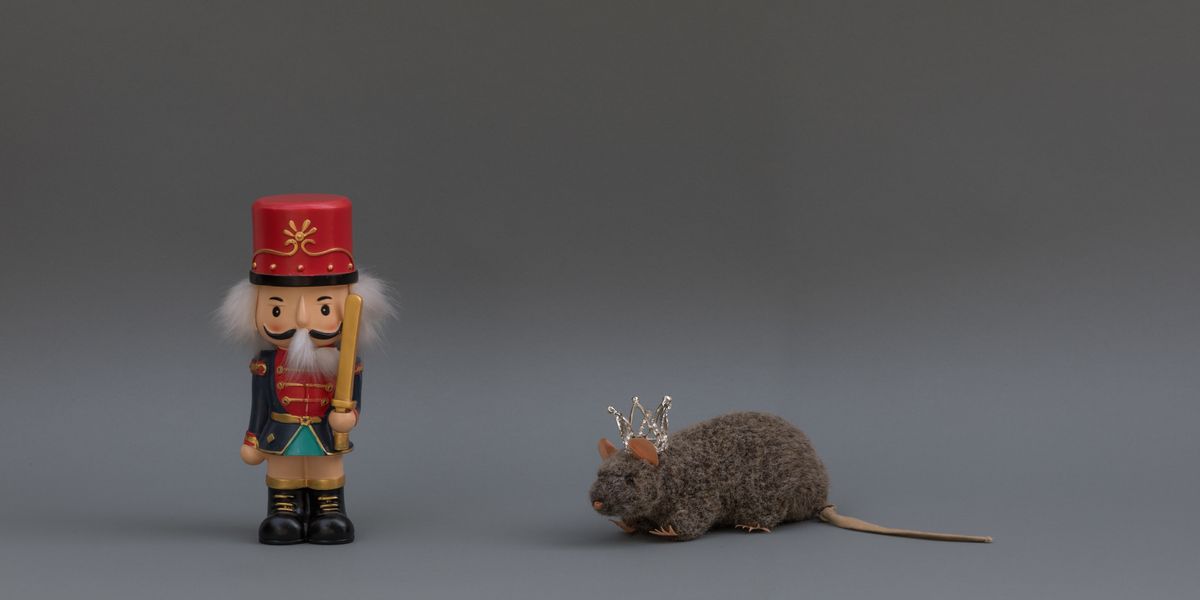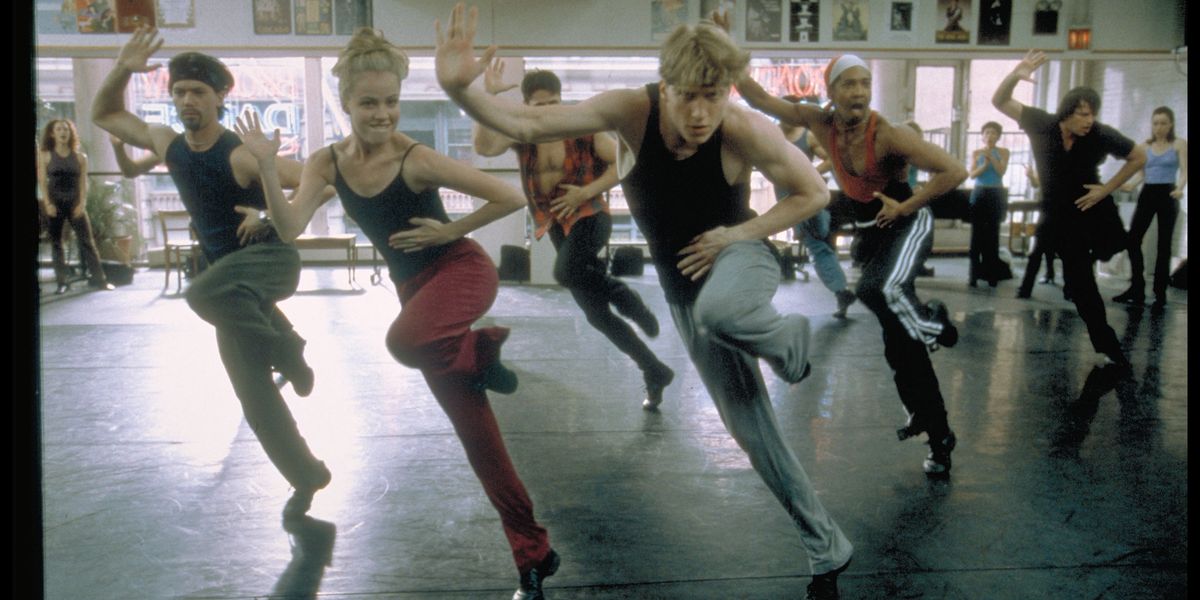Meet Olivia Book, the Ballet West Academy Student Who Isn't Letting Her Disability Stop Her
When you see Olivia Book dance, you first notice her long lines, incredible control and captivating stage presence. It’s obvious why the Canadian dancer received high marks at Toronto’s Youth American Grand Prix competition last year—the girl has talent! It isn’t until a second or third glance that you realize that one of the 16-year-old’s arms is a little different than most. Born with congenital upper extremity limb deficiency, Book’s right arm ends just above her elbow and is significantly smaller than her left one. “My right arm, or ‘little arm,’ has forced me to rely on my left arm for all of my daily life activities,” says Book.
Though she’s had to work twice as hard at things that might be second nature for many dancers, Book’s passion for ballet trumps any of the physical challenges she faces. “I love how beautiful ballet is,” she says, “and there are so many professional ballerinas that I admire and look up to. Knowing that one day I could dance that beautifully and make ballet my career makes me so excited.”
Book, who trains full time at Ballet West’s Professional Training Division, appears to be well on her way to making her dreams of dancing professionally a reality. Pointe talked with Book to learn more about her path to Ballet West Academy and how she manages some of her unique challenges.

Book performs the Dulcinea variation from Don Quixote.
Danielle Earl Photography, Courtesy Book.
How did you get involved with ballet?
As a young girl, I participated in many sports including ice hockey, basketball, soccer, tennis and long-distance running. But nothing excited me like dance class. I joined my studio’s competitive team at the age of nine, and was required to take a minimum of three ballet classes per week on top of tap, hip hop and jazz. When I turned 12, I realized how difficult ballet was and I loved the challenge, so I made it my main focus.
When did you decide to pursue a professional career?
Ever since I was little I’ve wanted to become a professional dancer, but I never thought that I could because of my right arm. It wasn’t until January 2018 that my dream felt like a real possibility. I attended a workshop with two principal dancers from the Royal Danish Ballet, and I was selected to attend the Royal Danish Ballet Summer School for three weeks. That was one of the best days of my life. My summer at RDB made me believe that I might actually be able to make dance my career.
When did you begin training at Ballet West Academy?
In March 2019, while training at Niagara Ballet, I attended my first YAGP in Toronto, Ontario. I placed in the Top 12, and I also received two special jury awards and a scholarship to attend Ballet West’s summer intensive. During my first week there I auditioned for the Professional Training Division, and the academy director, Peter LeBreton Merz, offered me a spot to train full time.
How do you practice barre combinations to the left?
When I was younger, and shorter, I was able to hold the barre with my right hand. It wasn’t until I started to grow that I could no longer touch the barre. This forced me to do barre as if I was in the center. For difficult combinations, like fondu and adagio, I would have to reach over with my left arm to hold the barre. My teacher was worried this would ruin my alignment and create bad habits, so she had a small barre made that attached to the wall at the height that my right arm could reach.
When I moved to a new dance school I realized that I needed something that could be moved to any part of the studio, but that my right arm could still reach. My dad and I built an attachment that could be secured to any barre. I brought the attachment with me to Ballet West and now I have two so that I don’t have to bring it with me when we switch studios.

Book with Ballet West Academy director Peter LeBreton Merz. She uses a customized, portable attachment for the barre to help her maintain proper alignment.
Beau Pearson, Courtesy Ballet West
What are some of the biggest challenges you’ve faced during your dance journey?
Many challenges I deal with on a regular basis have just become part of my life, like putting my hair in a bun and sewing my pointe shoes. One challenge that I’ve been working through is my confidence. When I was young it didn’t bother me when people would stare at my arm, but as I got older I became self-conscious about it. It would make me lose my concentration, and at one point, I only wore leotards with sleeves so that I wouldn’t have to worry about people looking at my arm. Lately, as I’ve become comfortable around the people at Ballet West, I’ve started wearing leotards that show my little arm.
Has this disability helped you develop your dancing in a positive way that you might not have otherwise?
When I was younger I’d catch myself overcompensating for my right arm, and then I’d have to figure out where my weight was. Now my teachers often compliment my placement and I think that’s a strength I developed because of how aware I am of my body and weight distribution.
Also, because of my limited motion in my right arm I’m not able to use it to help me sustain balances and turns like everyone else can. This forced me to use my back muscles, even before I knew that was the correct technique. Thanks to that awareness, turns are actually one of my favorite things to do.

Beau Pearson, Courtesy Ballet West
What are your goals for the future?
My main goal is to join a professional ballet company, one that has a healthy environment and that accepts me for who I am. I also hope to inspire children who are aspiring to be ballet dancers. Ballet is hard and can be even harder on a dancer’s confidence, so I want to encourage kids and make them believe that as long as they set their mind to it, they can achieve their dance dreams. But more immediately I’m looking forward to working on the next challenge in my dance journey: partnering.
